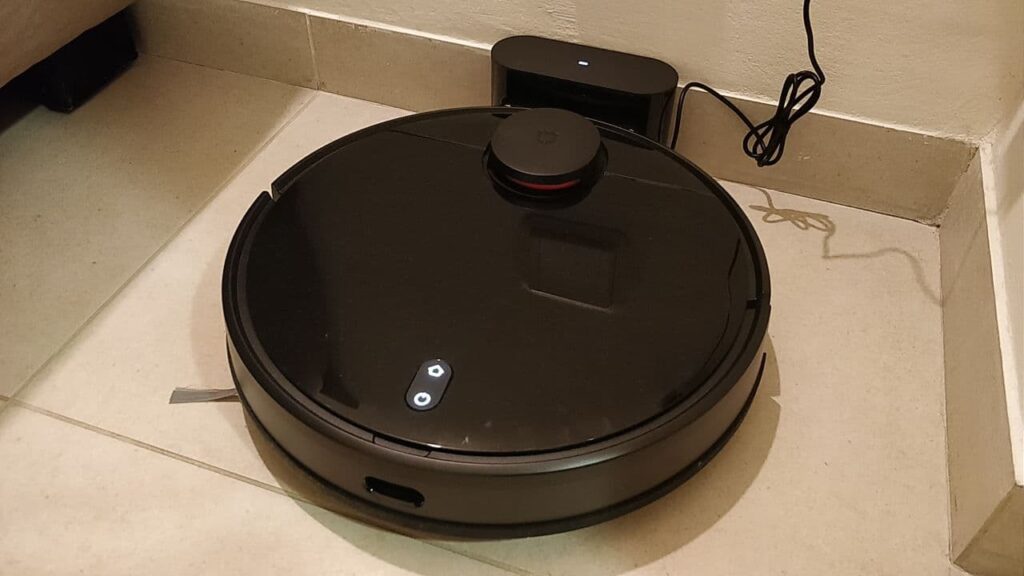Rooting the Xiaomi Mi Robot Vacuum Mop Pro
The Xiaomi Mi Robot Vacuum Mop Pro
I decided to buy the Xiaomi Mi Robot Vacuum Mop Pro (STYJ02YM) from AliExpress and it turned out that it’s the Chinese version which is also known as Viomi V7.
Usually I’m doing a lot of research before I buy such device but this time I just didn’t remember that Xiaomi like to restrict their devices and the price difference between AliExpress and the local dealer was sitting around 100$ which is significant for me.
The consequences are that I can only use it on the Chinese server with the Mi Home App and I can’t change the speaking language to English.
Using the Chinese server is painfully slow so I had to find a way to bypass it.
Although it’s not very important for me that the robot is not speaking English but the smell of a challenge tempted me…
Rooting
DISCLAIMER: I’m not responsible for any damage that can happen from following those steps, you can destroy your device.
As usual, Google was the first place to look for solutions and indeed I found that this device can be rooted.
In order to root you will need to use a nifty tool from rumpeltux which is called Viomi-Rooting you can find the instructions on the Github Page.
You’ll need a Linux box of some kind, I had one Raspberry Pi 3 in my drawer so I’ve used it.
After rooting you will have SSH access to the robot but you will need the private key in order to authenticate.
If you’re not using Linux as your main system, you can convert the certificate from the Linux box to PuTTY easily by downloading the certificate to you Windows machine and using PuTTYgen.
Just load the certificate by clicking the Load button, changing the file type to All Files and choose the certificate, then saving the private key on your preferred location.
When you have the key, you can load it into PuTTY and authenticate.
Can you speak English?
It turned out that the system have all the English files but it won’t change the setting and load them.
In order to get the robot to speak English you’ll need to replace the Chinese files with the English files.
I found this idea here but instead of overriding the Chinese files, I used SFTP client to download and backup the files before overriding.
The files placed in /usr/share/audio/
Theoretically, you can record yourself and replace the files to your liking, I might do that in the future.
Chinese Server
The fact that Chinese devices need to be connected to the Chinese server is annoying.
I couldn’t find any solution for this problem, I had some thoughts about flashing the global firmware on the Chinese robot but it seems to much hassle and I don’t have the global firmware anyway.
The only solution that I could find is kind of sketchy because it’s using a modified APK file that allows you to add the device to any server you want.
I did a VirusScan (and some more) and found nothing but if you’re a careful person you probably shouldn’t install it.
The links can be found here:
https://vacuumspain.com/en/blog-robot/how-to-change-to-your-region-server-styj02ym-xiaomi-mi-robot-vacuum-mop-p/
And this is the original Russian post:
https://www.kapiba.ru/2017/11/mi-home.html

